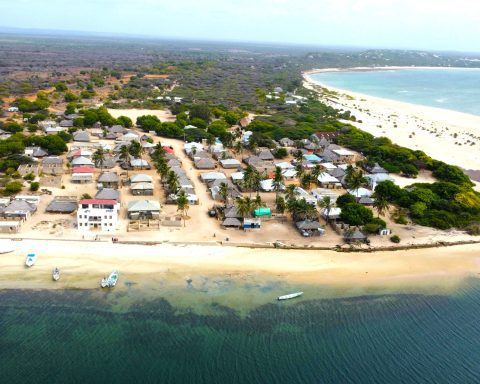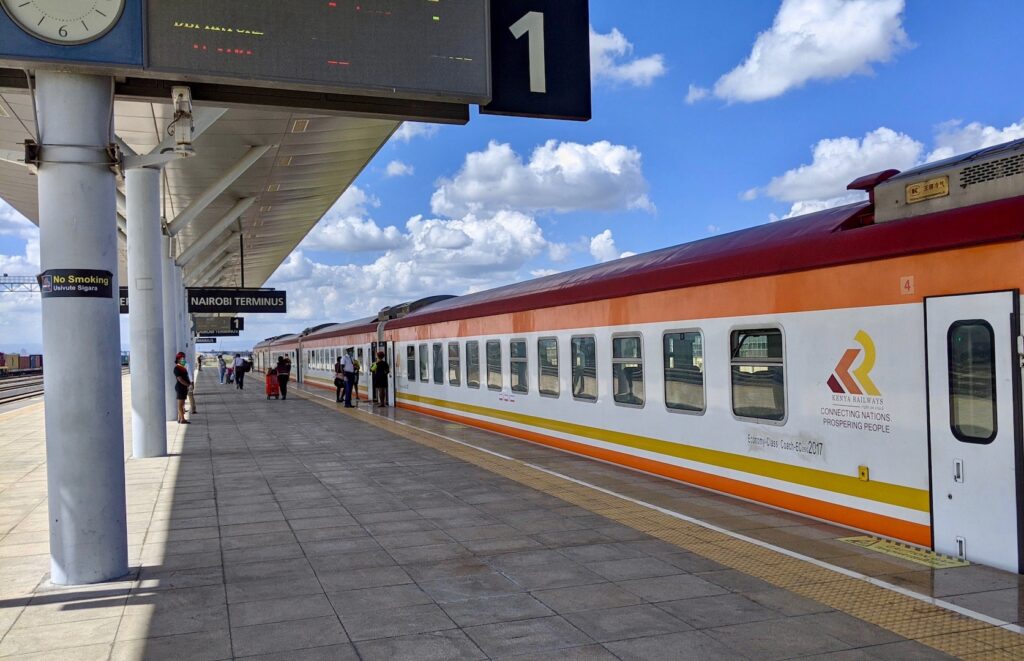Nairobi: The Coolest City in East Africa?
As the economic hub of Kenya and East Africa, all major roads (and air routes) lead in and out of Nairobi. This makes it a great base from which to explore the entire country, and elsewhere in East Africa.
As the tech hub of East Africa, Nairobi has good infrastructure to accommodate remote workers and business owners.
As the cultural heart of Kenya, Nairobi is also a great place to experience and appreciate the country’s richness and diversity.
Most people who visit Kenya skip over Nairobi entirely. Don’t do this. Look beyond the chaotic traffic and disorder, and you’ll find a city full of art, music, creativity, culture, awesome coffee, cool people, and so much more.
To get a taste of the best of Nairobi, check out:
- Coffee Shops in Nairobi | The 16 Best Cafes in Every Neighbourhood
- Nairobi Neighbourhood Guides | Where to Live, What to Do in 2022
- Nairobi Facebook Groups and Meet Ups
- 20 Things To Do In Nairobi | The Best Tourist Attractions, Nightlife, And More
- Staying Fit in Nairobi
- The Best Art Galleries in Nairobi
- The Best Museums in Nairobi
- Nairobi Restaurant Guide
If you’re thinking about living in Nairobi, check out our guides to Kilimani and Westlands – the best places to stopover or live in the city.
Nairobi Hotels & Guesthouses
The choice of hotels in Nairobi is admittedly quite limited – especially if you’re on a budget. Also, good backpacker hostels are non-existent.
The following hotels have all been chosen based on value, comfort, location, and WiFi. I’ve stayed at each one on various trips to Nairobi before I moved here fulltime.
The Zehneria Portico, Westlands – Spacious rooms, a swimming pool, gym, huge buffet breakfast, super helpful staff, and great location make this one of the best places to stay in Nairobi. It’s probably my favourite hotel in the city.
Hotel Embassy, the CBD – Most people will tell you to avoid the CBD, but there’s some nice accommodation in the area. Rooms at the Embassy are simple and comfortable, much better than the exterior suggests, and offer great value. It’s also just around the corner from CJ’s coffee house. Just be careful when walking around and keep your phone secure.
West Wood Hotel, Westlands – The whole place feels a bit dated but it’s comfortable, cosy, and great value all the same. The location, however, can’t be beat. The West Wood borders Karura forest, with a huge garden leading down to the forest. An oasis of peace and quiet in the middle of the city.
Some other reasonably priced hotels to check out:
- The Monarch Hotel, Kilimani
- Luxel Suites, Westlands
- Edmore Suites, Riverside Drive
- Casa Misa Westlands
- Kozi JKIA
- Pori City Hotel
- We Hotel and Suites
Renting an Apartment in Nairobi
If you want to rent in Nairobi it’s definitely possible, there’s no formal paperwork needed but accept that you have a strong chance of not seeing your deposit again.
There generally two classes of apartments those that were built for families, and those marketed to foreigners target the UN and diplomatic class, with huge budgets and living allowances.
This means you’ll probably have to compromise somehow, either on price, quality, or privacy (if you don’t mind sharing).
However… like all things in Nairobi, the housing market is changing drastically, and more affordable 1-2 bedroom apartments can be found.
As a digital nomad, there are three easy options for finding an apartment in Nairobi:
- Find a place on Airbnb
- Rent a serviced apartment
- Join an ‘expat’ flatshare
Our guide to renting apartments in Nairobi goes into each option in great detail, but here’s a quick summary.
Airbnb
Expect to $45-60 per night and $700+ per month for a well-located, nicely furnished apartment in a good neighbourhood.
Expat Apartments
Expats in Nairobi often sublet rooms or entire apartments for short periods and at reasonable prices. A private room in a shared house or apartment can be as little as $300 a month.
Renting an entire apartment will probably cost the same as an Airbnb unless you sign a lease.
To find listings, join the Facebook groups Nairobi Expat Housing and Nairobi Expats Housing (yes, they’re different groups).
Serviced Apartments in NRB
Furnished apartments with weekly cleaning and nice facilities like a gym and swimming pool start from $600 per month.
However, the nicer ones cost over $1,000 as they cater mostly to business travelers and diplomats.
We keep a regularly updated directory of serviced apartments in Nairobi to choose from, depending on your budget and preferred neighbourhood.
Getting Around Nairobi
Traffic in Nairobi is so bad, that it costs the Kenyan economy roughly US$1 billion annually. Commuting times and traffic jams here are amongst the worst in the world.
However, if you’re working remotely, you can usually avoid the worst of the traffic by using motorbike taxis and planning around rush hour.
Our guide to getting around Nairobi has everything you need to know. But here’s a quick summary of your transport options:
Motorbike Taxis
Known as boda bodas, motorbike taxis can be found all over the city. Most work from ‘stages’ similar to taxi stands in Western and Asian cities.
While they’re often the best way to get around, many boda boda drivers don’t have licenses or even basic training.
So be careful when accepting a ride and make sure the driver actually knows where you’re going. Get a cheap helmet if you’re using them on the regular.
Ride-hailing Apps
Bolt and Uber are the most reliable providers. They offer cars and motorbikes, and can be synced with your credit or debit card, so you don’t need to rely on cash to pay drivers.
When you do need to use a car, avoid rush hour unless absolutely necessary. If traveling in rush hour by car, expect delays of 30+ minutes to your journey.
Note: Some Uber and Bolts drivers in Nairobi will want you to call to confirm your pick-up and drop-off locations so they don’t waste fuel and/or can take the booking out of the app. It’s incredibly frustrating, but there’s no way around it.
Matatus and Buses
You’ll see lots of brightly coloured buses and minibuses (called matatus) ferrying people around Nairobi. While cheap, the city’s semi-public transport is confusing to new arrivals, slow, chaotic, and there’s a risk of pickpocketing.
Stick to the ride-hailing apps until you know your way around.
Renting a Motorbike
After a year in Nairobi, I finally decided to rent a motorbike to get around. It was a revelation! Life in the city became so much easier.
You can rent a scooter from iRide for $300 per month. While it’s expensive, the convenience and peace of mind are worth it, and the cost almost balances out once you stop using Uber every day.
Walking
Nairobi is not exactly a ‘walkable’ city – especially if you don’t know your way around. Unless you know exactly where you’re going and it’s only a few hundred metres, use motorised transport. And, generally, never walk at night.
Getting From Nairobi Airport
Jomo Kenyatta International Airport (JKIA) is the main airport in Nairobi and most likely the airport you’ll arrive in. Depending on traffic, it’s 20-40 minutes from most parts of the city.
- Hire a taxi from the crowd of drivers outside the arrivals gate at JKIA. Don’t do this, as you’ll probably be ripped off.
- Download Bolt or Uber before arriving, connect to the airport WiFi, and hail a driver from the car park. This is the cheapest option but may require calling or texting the driver to confirm.
- Order an airport pickup. Most hotels in Nairobi offer this service for $20-$40 USD, check prices before agreeing.






